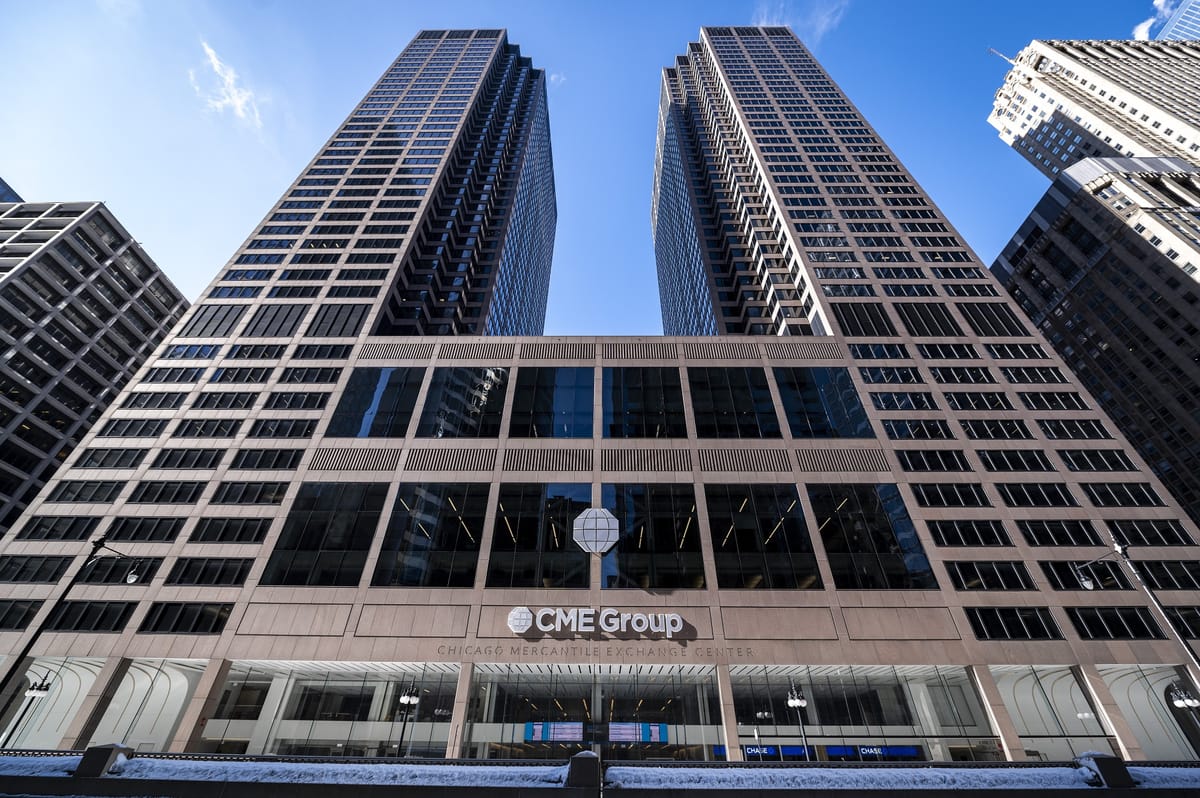
The Chicago Mercantile Exchange's (CME) rise to the second spot in the bitcoin futures exchange market might be testament to the surging demand from both institutional and retail investors. Some argue that the surge could also be a result of traders unwinding bearish positions on offshore exchanges.
CME's Recipe for Popularity
CME, a regulated exchange, has recently jumped from fourth to second position by open interest (OI) in the bitcoin futures market, reflecting a move reminiscent of the early stages of the 2020-2021 bull run. As of the lastest available data, CME boasts an OI of $3.51 billion in bitcoin futures, firmly securing the second place among Bitcoin futures exchanges.
Notional open interest is a crucial metric that reflects the U.S. dollar value locked in active or open contracts. Binance, an unregulated exchange, continues to hold the top spot with an OI of $3.83 billion, maintaining an 8% lead over CME. Bybit sits in third place, with an OI of $2.56 billion, or just under 75,000 BTC.
CME's remarkable rise can be partly attributed to the popularity of its cash-settled bitcoin futures contracts. These contracts have seen notable adoption, with open interest recently surpassing the 100,000 BTC mark for the first time on record. Additionally, the exchange's share of the bitcoin futures market has surged to an all-time high of 25%, a significant indicator of its growing presence and influence in the crypto space.
CME offers two types of bitcoin futures contract: standard and micro. The standard contract represents 5 BTC, while the micro contract is a smaller version equivalent to one-tenth of 1 BTC. Similarly, CME provides futures contracts for Ethereum, with standard contracts representing 50 ETH and micro futures representing one-tenth of 1 ETH.
Retail and Institutional Synergy
The definitive reasons behind CME's rise in the bitcoin futures market are still under debate. Some see CME's ascent as indicative of an institution-led rally in the crypto market. Bitcoin experienced a 27% increase in value in October, driven by ongoing macroeconomic uncertainty and growing optimism surrounding the false BlackRock approval of a spot bitcoin exchange-traded fund (ETF). Retail investors have also played a significant role in this narrative, with the uptick in futures-based ETFs contributing to CME's success. The rolling five-day volume for ProShares' leading Bitcoin futures ETF saw a staggering 420% increase, reaching $340 million last week. This ETF, importantly, invests in CME's Bitcoin futures contracts, further solidifying the Chicago exchange's position in the market.
André Dragosch, head of research at Deutsche Digital Assets, took to X to suggest that CME's sudden rise may result from traders unwinding bearish bets on offshore exchanges. Dragosch points out that while CME's share of Bitcoin futures open interest has increased relative to other exchanges, the aggregate amount of Bitcoin futures and perpetual open interest has not seen a corresponding increase in Bitcoin terms. This implies that long futures positions may not be the primary driver behind CME's recent surge.
This take doesn't make sense.
— André Dragosch | Bitcoin & Macro ⚡ (@Andre_Dragosch) October 24, 2023
CME's share in $BTC futures OI might have increased relative to other exchanges but the aggregate amount of BTC futures & perps OI has not increased in BTC terms, implying that long futures positions were not the main driver behind the recent… https://t.co/9y6xAcmvzn pic.twitter.com/imHZNib4ls
As CME continues to gain ground in the bitcoin futures market, it remains to be seen whether it can eventually surpass Binance to claim the top position. The market is dynamic and influenced by various factors, including regulatory developments, market sentiment, and institutional participation. Whether this shift represents a longer-term trend or a momentary surge is a question that will only be answered as the market continues to evolve.

